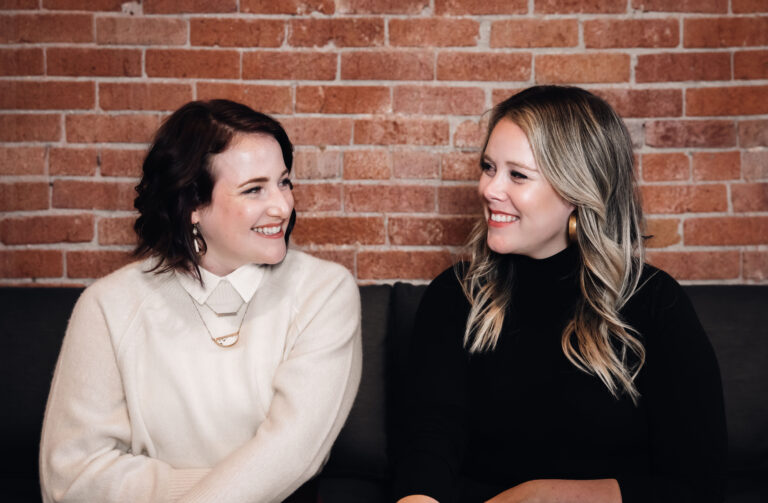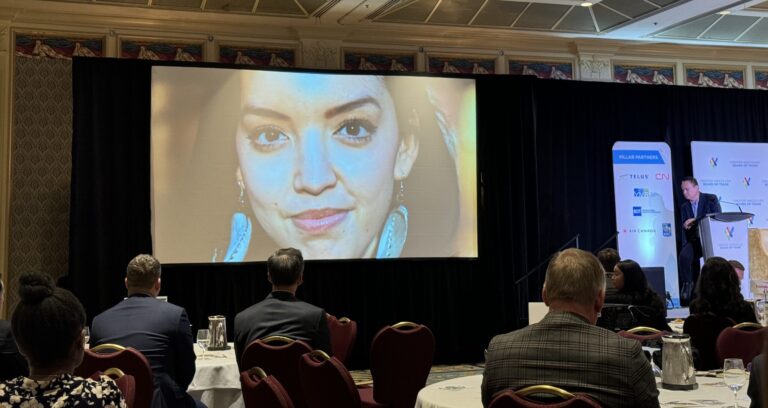I am not a natural facilitator. Although I’ve honed facilitation skills over the last decade, I was previously a person who was anxious about presenting. When I started facilitating, this felt like presenting in an extreme, high-pressure environment.
To become comfortable with facilitation, I opted to be over-prepared for all my presentations and workshops. I would practice, outloud (and embarrassingly) repeatedly. I would also proactively research participants to empathize with what some of their concerns might be before facilitating. For anyone anxious about facilitation, I’d strongly recommend these tactics.
Even with the best plan, however, some meetings, workshops and events are more challenging than others. Some involve divergent thinking, some include topics that people are very invested in and passionate about, and some require decisions that inherently need people to be open to trade-offs and compromise. To facilitate these types of meetings, you need a new kind of plan. You need a plan to hold difficult conversations. Although each client and stakeholder group is unique, we have five general rules for hosting harder conversations.
1. Collaborate with participants about agreements. Upfront.
We see a lot of people skip this step. They know that they’re heading into a long meeting, with an even longer list of objectives. They want to dive right into the topic at hand and maximize the time that participants have to talk about the issues.
Don’t do this.
Spend fifteen minutes at the beginning of your meeting to ask participants to make commitments about how they will act toward each other. For really contentious workshops, get specific on how everyone will operate even when they’re most frustrated. We find the following questions helpful at this stage:
- What language can we agree to use and not use today?
- What does constructive dialogue look like?
- How are we going to engage with one another when we disagree?
You can also use this space to identify participants’ diverse accessibility needs, if you haven’t already done so pre-event. (Read more about visible and invisible disabilities here).
2. Be straightforward about cutting people off.
As the facilitator, don’t be afraid to interject into the conversation. I don’t like to interrupt people. Many people were raised to believe that interrupting was impolite. The problem is that instinct does not serve you as a facilitator. Hosting harder conversations will often mean that you need to interrupt people to keep folks on track and on time.
To overcome any discomfort around interrupting, I create – no surprises here – a plan. I ask folks to agree to let me interrupt. And I explain when and how I’ll do so. I explain that I will interrupt for two reasons: to keep us on time and ensure that different voices get enough floor time. I also let people know that I will follow these steps when I need to interrupt:

- I will raise my hand when a participant has 10 seconds to finish their sentence.
- If they haven’t stopped, I will address them by name and let them know that we’re moving on or call on someone else to speak.
- If they persist, we’ll take more extreme actions (like muting a microphone, in-person or online).
3. Don’t fight feelings with facts.
Okay, hear me out. I know that many of you might be thinking you need to have the facts, and they are the greatest assets in your arsenal. You might also assume that you have to correct any misinformation, or it will run rampant.
I agree with you. You need to have facts about the impacts of your project or upcoming changes. You need to have detailed information and all the data you can muster. And, I agree wholeheartedly that you need to be ready to address misinformation head-on.
Our rule is that you don’t fight feelings with facts. Instead, you need to listen to someone’s emotions and ensure that the group holds space for people’s comments and opinions without interrupting. You need to validate their experience. And then gently let them know that their experience might not be universal or could even be an outlier.
For example, when working on an urban planning project, you might have a participant who is hindered by an upcoming change to traffic flow in their neighbourhood. If they take the time to communicate the issue and how it might impact something important to them (like their capacity to get their children to school and make it to work on time as a single parent), don’t negate their experience by letting them know that the change won’t impact commute time. First, listen to the concern. Next, validate the experience. Then, ask if they would like information on impacts to local traffic. You’ll find that most participants accept the information. And when they do so, when their experiences are heard first, they’re often open to receiving alternative information and viewpoints.
4. Find a venue that makes sense.
The space for your meeting, workshop or event matters. At Spur, we think about three key elements to space design to facilitate harder conversations.
- Less space is more. If you know there is a chance that the conversation will get heated and people may raise their voices, putting folks in closer proximity may reduce the volume. This is especially true of two stakeholders whom you know might disagree. It’s more socially acceptable to shout at someone who’s further away. Choose an intimate setting, and assign seats with place cards in advance.
- Take breaks. Breaks provide people with an opportunity to decompress, reflect – and sometimes – calm down. Just like in a heated personal conversation, tension can build in heated meetings or workshops, and needs a pressure release. Plan your event in a way that allows people to step back and stop for 15 minutes at a time. You’ll find that people come back into the space more able to contribute meaningfully.
- Find a space that accommodates food and drinks. People, myself included, are far more pleasant when they’re not running on empty. Make sure that you book a venue that has catering when you’re hosting longer events.
5. Create space and time to unpack divergent views.
When I was doing my undergrad, I had a brilliant professor who taught Arab/Israeli politics. This class was very popular, but very contentious. It fostered discussion on the long-standing conflict in the Middle East, and people felt very passionate about the information being discussed.
The class schedule was set to twice a week: on Tuesdays, we’d look at an event from an Israeli perspective, and on Thursdays, we’d look at the same event from a Palestinian perspective. He was explicitly clear that we do so to hold space for both sides of the discussion. Students were invited to contribute to the conversation at each class, but were asked to look at things from different perspectives on different days.
I’ve adopted a version of this for facilitating harder meetings and workshops. If you know there are two or three dominant but opposing views held by participants, create an agenda where everyone is asked to discuss both the merits and drawbacks of each viewpoint. For example, if you are doing engagement around the alignment (route) for a new light rapid transit line and people disagree on alignment A or B, create an agenda where during the first half of the workshop, all participants discuss the pros and cons of alignment A, and then B. Do not ask participants to weigh the two options against each other. This will likely lead to conflict, and won’t give you the feedback your team really needs to help decision-makers.
closing thoughts
At the end of the day, facilitating harder conversations can feel challenging. That’s normal. But when you come prepared – both to lead and to listen – you are likely to get the valuable information you need from community to help your team or decision-makers move forward.
Learn more about our approach to public and stakeholder engagement, here.



